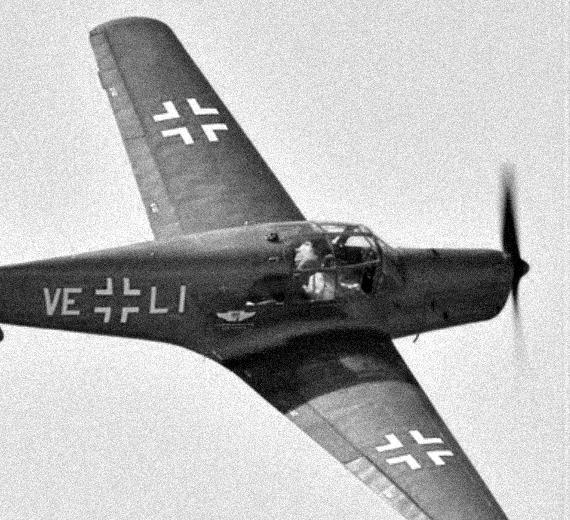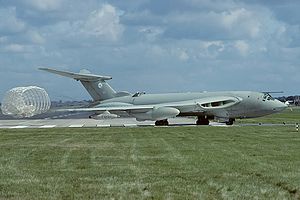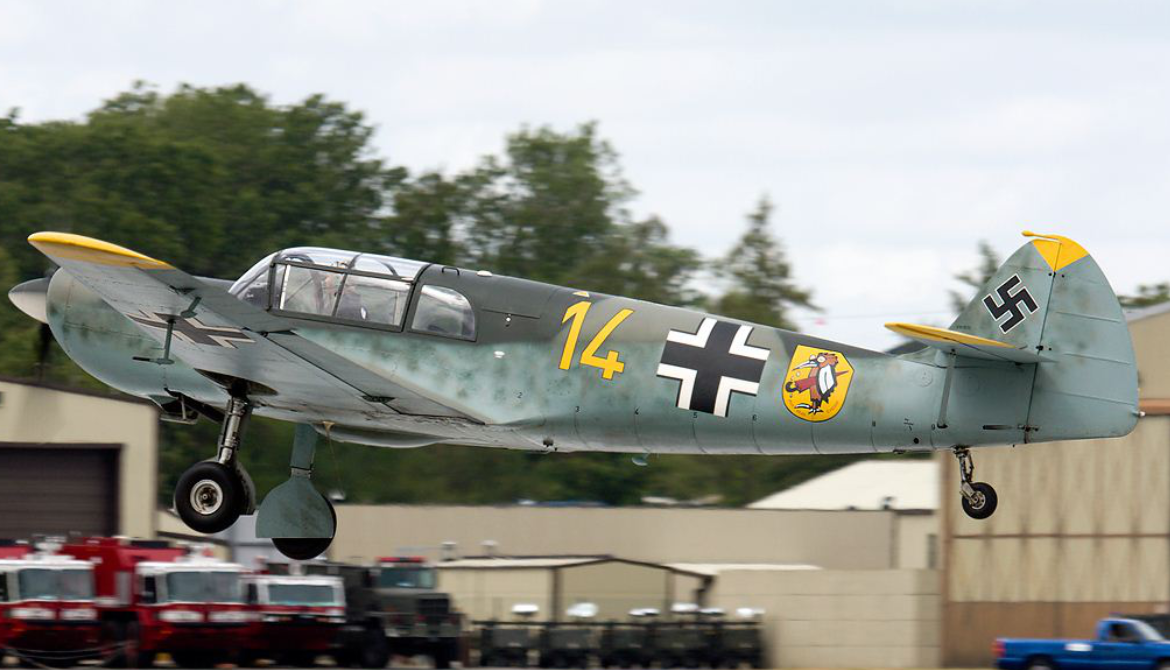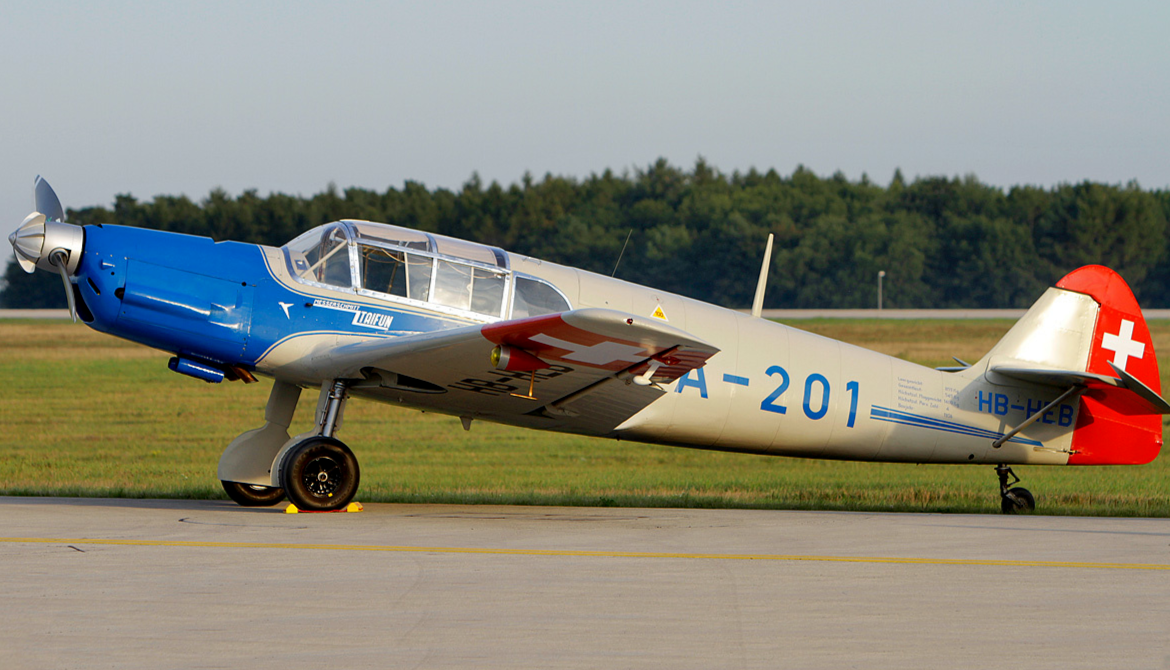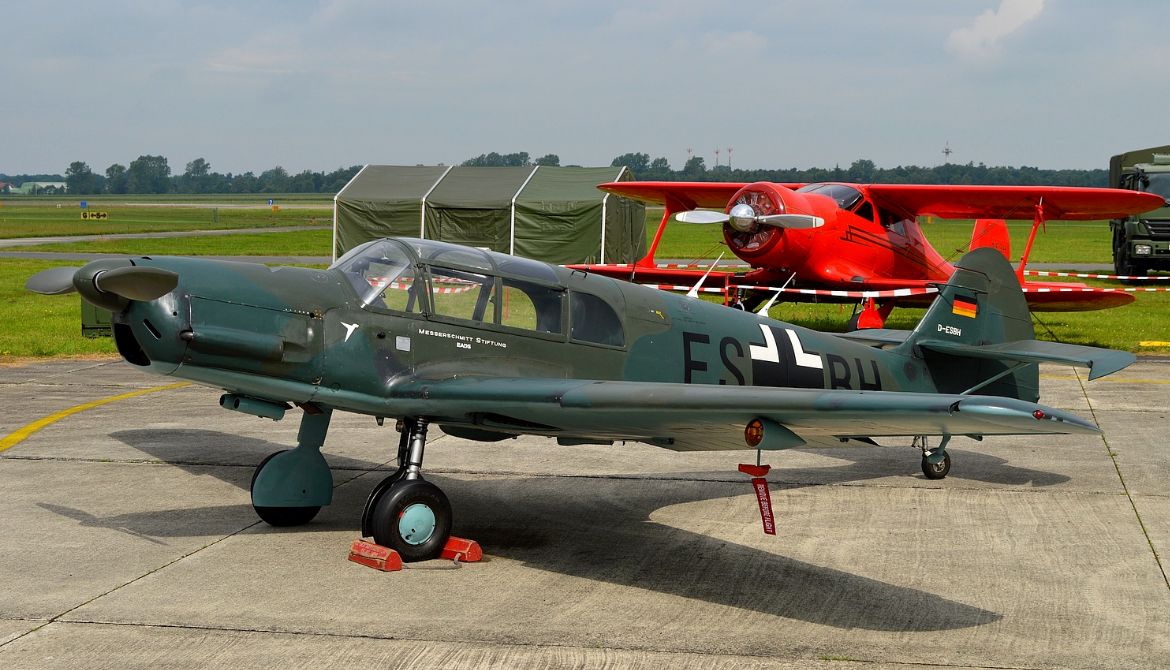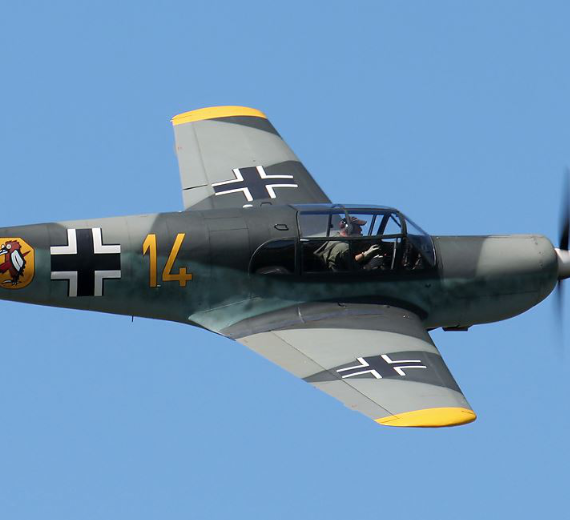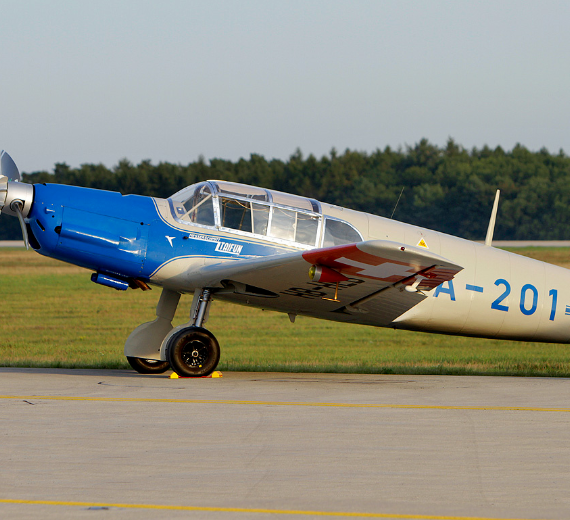Handley Page
Victor B.1
|
|||||||||||||||||||||||||
.
History Handley Page Limited, Successor Scottish Aviation Handley Page Victor B.1 V-Bomber

The Handley Page Victor is a British jet-powered strategic bomber developed and produced by Handley Page during the Cold War. It was the third and final V bomber to be operated by the Royal Air Force (RAF), the other two being the Vickers Valiant and the Avro Vulcan. Entering service in 1958, the Victor was initially developed as part of the United Kingdom's airborne nuclear deterrent, but it was retired from the nuclear mission in 1968, following the discovery of fatigue cracks which had been exacerbated by the RAF's adoption of a low-altitude flight profile to avoid interception, and due to the pending introduction of the Royal Navy's submarine-launched Polaris missiles in 1969
In 1962, in response to advances in Soviet Union surface-to-air missile (SAM) technology, the V-force fleet including the Valiant changed from high-level flying to flying at low-level to avoid high altitude SAM attacks. In 1964 it was found that Valiants showed fatigue and crystalline corrosion in wing rear spar attachment forgings. In late 1964 a repair programme was underway, but a change of Government led to the new Minister of Defence Denis Healey deciding that the Valiant should be retired from service,
Development
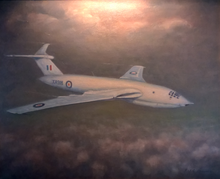
The origin of the Victor and the other V bombers is heavily linked with the early British atomic weapons programme and nuclear deterrent policies that were developed in the aftermath of the Second World War. The atom bomb programme formally began with Air Staff Operational Requirement OR.1001 issued in August 1946, which anticipated a government decision in January 1947 to authorise research and development work on atomic weapons; the U.S. Atomic Energy Act of 1946 (McMahon Act) prohibited exporting atomic knowledge, even to countries that had collaborated on the Manhattan Project.[1] OR.1001 envisaged a weapon not to exceed 24 ft 2 in (7.37 m) in length, 5 ft (1.5 m) in diameter, 10,000 lb (4,500 kg) in weight, and suitable for release from 20,000 ft (6,100 m) to 50,000 ft (15,000 m).

0
KmCeiling
0
KmCombat RANGE
0
Km/hAircraft Speed
0
Max Crew
Photo Gallery
Handley Page Limited, Successor Scottish Aviation
Handley Page Victor B.1 V-Bomber


Handley Page Limited
Successor Scottish Aviation
Handley Page Victor B.1 V-Bomber
General Info
-
-
- Crew: 5
- Length: 114 ft 11 in (35.03 m)
- Wingspan: 110 ft (34 m)
- Height: 28 ft 1.5 in (8.573 m)
- Wing area: 2,406 sq ft (223.5 m2)
-
Powerplant
-
-
- Empty weight: 89,030 lb (40,383 kg)
- Max takeoff weight: 205,000 lb (92,986 kg)
- Powerplant: 4 × Armstrong Siddeley A.S.Sa.7 Sapphire turbojet engines, 11,050 lbf (49.2 kN) thrust each
-
Performance
- Maximum speed: 545 kn (627 mph, 1,009 km/h) at 36,000 ft (11,000 m)
- Range: 5,217 nmi (6,004 mi, 9,662 km)
- Service ceiling: 56,000 ft (17,000 m)
.
Links to Youtube & Others
Valiants of No. 543 Squadron at RAF Wyton were modified to serve in the photographic reconnaissance role. In one notable operation in 1965, Valiants of No. 543 Squadron photographed around 400,000 square miles (1,000,000 km2) of Rhodesia across an 11-week period.
Handley Page
Victor B.1V-Bomber
In 1956, Vickers had performed a series of low level tests in WZ383 to assess the type for low level flight at high speed.
Youtube Link
In 1956, Vickers had performed a series of low level tests in WZ383 to assess the type for low level flight at high speed.
